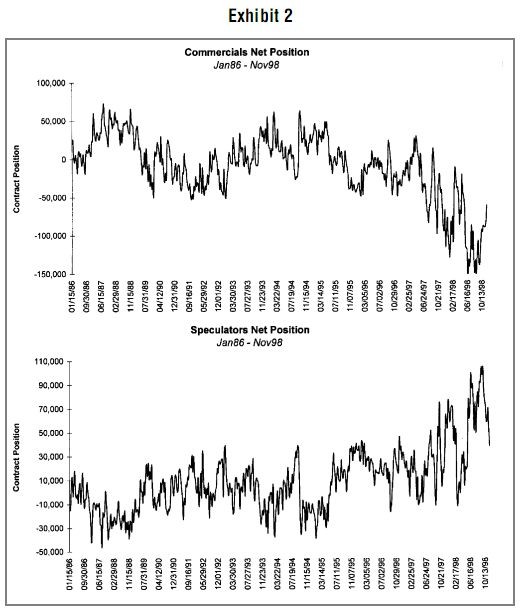Futures Understanding ‘Open interest’
Post on: 25 Май, 2015 No Comment

Futures: Understanding ‘Open interest’.
by J Victor on April 4th, 2012
OPEN INTEREST.
Open interest is one of the most confused terms in derivatives. In simple terms, open interest is the number of unsettled contracts. This term should not be confused with ‘volume’. A Common misconception amoung investors, especially beginners, is that open interest on any day represents the volume of future contracts traded.This needs to be corrected.
HERES AN EXAMPLE
With the help of an example, let’s try to understand the term open interest and why it is different from volume. Our friend Mr. X is a guy who would like to speculate in the futures market. Having made a killing from Nifty futures last month, he starts his game afresh. This week, this is what he has done in the first three days–
So, volume is – 500, number of open contracts – 500.He could buy 500 contracts because there was someone on the other side (say, Mr. Y) to sell the same. In futures market, every long position (buy position) has to have an equivalent short position (sell position).
- Tuesday – bought 500 nifty futures.
Volume for that day is 500, the number of open contracts rises to 1000. Note that we are counting volume from ‘0’ everyday but open positions are counted as a running total. Secondly, when 500 contracts were bought by our friend, 500 contracts were sold by someone (Lets assume Mr. Y is the seller ).To count the volume, we did not add up 500 buy +500 sell. We counted a pair of BUY and SELL as 1. Same logic follows for open interest as well.
- Wednesday – sold 600 Nifty futures.
The volume for that day is 600.
However, the number of open position or unsettled contracts may fall to 400 (1000 long -600 short) or remain the same depending upon who purchased the futures from Mr.X.If what Mr. X sold was purchased by Mr. Y, then the open interest would get reduced to 400. But, if it was purchased by a new entrant (say Mr. C), then the open interest remains at 1000. Why? That’s because, when Y purchased, it has the effect of squaring up open positions. So, open interest gets reduced to 400. But when C purchased it, X still has 400 contracts (buy) to settle, Y has 1000 (sell) to settle and new entrant C has 600 (Buy) to settle. The net effect is – open positions remain at 1000.
The rate of purchase or sale of futures or the amount of profit made or loss suffered on the deal is of no importance. What matters is the number of unsettled contracts.
LONG OR SHORT-IT DOESN’T MAKE ANY DIFFERENCE.
Open interest on the long side or short side? Open interest that’s reported daily on the newspapers and websites is the net open positions on the long side. Equivalently, it’s also the number of short positions in the market. So it doesn’t make any difference.
For example- if the media reports that open interest of Wipro futures is 2 lakhs, it means that future contracts equivalent to 2 lakh shares were unsettled. There are 2 lakh shares on the long side and equal number of shares on the short side.
Now I hope, you are clear about the difference between open interest and volume. Open interest is the total of active positions in the market. So, when traders buy / sell and settle positions in the market, the open interest will keep changing. Its basically a running total. Volume is a totally different figure. Each day, volume is counted afresh from ‘0’.
THE USE OF OPEN INTEREST.
As a single stand alone figure, open interest is of no use. It doesn’t tell you much. The only fact you can guess is that towards the end of the contract cycle, if open interest remains very high, volatility can be expected in the market.
However, if you read open interest data with the price changes and volume in the market, you may get meaningful information.
Here are the thumb rules-
- Prices will continue to rise when volume, prices and open interest are rising
- If prices are rising, but volume and open interest keeps falling- It means that an uptrend would gradually halt.
- It’s a weak market if the prices are falling, but volume and open interest are rising. New money is entering the market in the form of short sellers.
- And finally, when prices, volume and open interest are all declining, then we can assume that the market has almost bottomed out.
You may like these posts:














